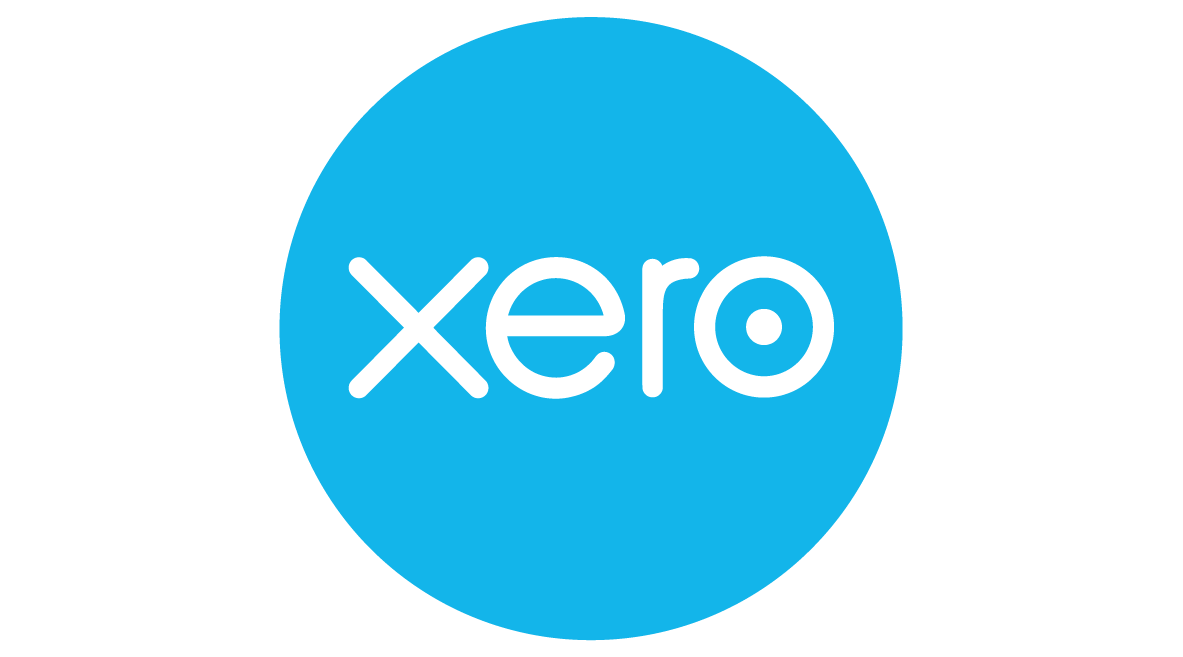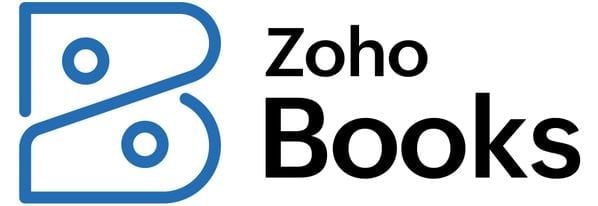How to Prepare a Statement of Retained Earnings
Here's how to show changes in retained earnings from the beginning to the end of a specific financial period.

Many, or all, of the products featured on this page are from our advertising partners who compensate us when you take certain actions on our website or click to take an action on their website. However, this does not influence our evaluations. Our opinions are our own. Here is a list of our partners and here's how we make money.
At some point in your business accounting processes, you may need to prepare a statement of retained earnings, which helps people understand what a business has done with its profits. Most good accounting software can help you create a statement of retained earnings for your business.
What is a statement of retained earnings?
A statement of retained earnings shows changes in retained earnings over time, typically one year. Retained earnings are profits not paid out to shareholders as dividends; that is, they are the profits the company has retained. Retained earnings increase when profits increase; they fall when profits fall.
The statement of retained earnings is also called a statement of shareholders’ equity or a statement of owner’s equity.
Retained earnings are not the same as cash. In order to track the flow of cash through your business — and to see if it increased or decreased over time — look to the statement of cash flows.
What is the statement of retained earnings equation?
The formula for the statement of retained earnings is:
Beginning retained earnings + net income – dividends = ending retained earnings
How to prepare a statement of retained earnings
Here's how to prepare a statement of retained earnings for your business.
Step 1: Determine the financial period over which to calculate the change
Companies typically calculate the change in retained earnings over one year, but you could also calculate a statement of retained earnings for a month or a quarter if you want.
Step 2: Calculate beginning retained earnings
Your beginning retained earnings are simply the previous period's ending retained earnings. Retained earnings appear on the equity portion of the balance sheet (Assets = Liabilities + Equity).
Let’s say you’re preparing a statement of retained earnings for 2021. Your beginning retained earnings are the retained earnings on the balance sheet at the end of 2020 ($200,000, for example).
Step 3: Add net income
If your business recorded a net profit of, say, $50,000 for 2021, add it to your beginning retained earnings.
$200,000 beginning retained earnings in 2020 + $50,000 net income for 2021 = $250,000.
Step 4: Subtract dividends
Next, subtract the dividends you need to pay your owners or shareholders for 2021. Let's say that's $15,000.
$200,000 beginning retained earnings in 2020 + $50,000 net income for 2021 - $15,000 dividends for 2021 = $235,000 ending retained earnings.
Statement of retained earnings example
A statement of retained earnings can be extremely simple or very detailed. Here are some examples.
Example 1
In its simplest form, using the information above, your statement of retained earnings could look something like this:
Statement of retained earnings for the year ended 12/31/21 | |
|---|---|
Retained earnings at 12/31/2020 | $200,000 |
Net profit for the year ending 12/31/2021 | $50,000 |
Dividends paid | $15,000 |
Retained earnings at 12/31/2021 | $235,000 |
Example 2
If you pay capital into your business and don’t take it back out again, that can change the amount of equity in the business, which could change your statement of retained earnings. For example, if you invest $100,000 in your business in 2021, this is an investment — not a loan you intend to repay yourself — and so it gets added to your equity in the business.
In this case, you’ll want to expand your statement of retained earnings to reflect the additional paid-in capital. Your new statement of retained earnings might look like this:
Paid-in capital | Retained earnings | Total equity | |
|---|---|---|---|
Retained earnings at 12/31/2020 | $200,000 | $200,000 | |
Net profit for the year ending 12/31/2021 | $50,000 | $50,000 | |
Dividends paid | ($15,000) | ($15,000) | |
Retained earnings at 12/31/2021 | $100,000 | $235,000 | $335,000 |
This is how contributing more capital to the business affects the total equity in the business.
A version of this article was first published on Fundera, a subsidiary of NerdWallet
Bonus offer
| Product | Starting at | Promotion | Learn more |
|---|---|---|---|
 Xero NerdWallet Rating Learn more on Xero's website | $20/month Additional pricing tiers (per month): $47, $80. | 90% off for 6 months. | Learn more on Xero's website |
 QuickBooks Online NerdWallet Rating Learn more on QuickBooks' website | $35/month Additional pricing tiers (per month): $65, $99, $235. | 90% off for first three months or free 30-day trial. | Learn more on QuickBooks' website |
 FreshBooks NerdWallet Rating Learn more on FreshBooks' website | $21/month Additional pricing tiers (per month): $38, $65, custom. | 50% off for 6 months. 30-Day Money Back Guarantee. | Learn more on FreshBooks' website |
 Zoho Books NerdWallet Rating Learn more on Zoho Books' website | $0 Additional pricing tiers (per month): $20, $50, $70, $150, $275. | 14-day free trial of the Premium plan. | Learn more on Zoho Books' website |





